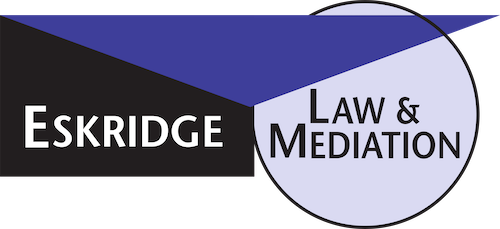September 24, 2020
A severance package may be paid by an employer to an employee at the time of the employee’s termination, but an employer has no legal obligation to pay severance unless contractually obligated. A well-drafted severance agreement, however, should include a release from liability in exchange for such a severance package. [Skrbina v. Fleming Cos. (1996) 45 Cal.App.4th 1353, 1333.]
Limitations on the Severance Agreement
Generally, courts will uphold severance agreements so long as the employee entered into the agreement voluntarily and the agreement does not violate public policy. [Civ. Code § 1541; Skrbina v. Fleming Cos. (1996) 45 Cal.App.4th 1353, 1366; Shaw v. City of Sacramento (9th Cir. 2001) 250 F.3d 1289.] Severance agreements may only release employers from civil liabilities, not criminal actions. [Civ. Code § 1668.]
A severance agreement may include the following claims to be released by the employee (although this is not a complete list):
– Wrongful termination
– Breach of contract
– Breach of implied covenant of good faith and fair dealing
– Privacy violations
– Defamation
– Intentional infliction of emotional distress
– Discrimination under California’s Fair Employment and Housing Act
Some employers elect to use a general release, with wording similar to “any and all claims,” which is enforceable in California, so long as it does not waive nonwaivable claims. [Edwards v. Arthur Andersen LLP (2008) 44 Cal.4th 937.]
When to Present a Severance Agreement
The employer may present the severance agreement either at the outset of employment, by including the severance policy in the company’s employee manual, or presenting it at the time of the employee’s separation. Eskridge Law recommends including the severance terms in the employee manual. Once in the employee manual, the severance package will be considered a promise that must be honored. [Blau v. Del Monte Corp. 9th Cir (1984), 1348, 1352-56.]
Who Gets a Severance Agreement?
The policy should be distributed to all eligible employees. The advantages of offering the severance terms at the outset of the employment relationship are:
– The terms become a part of the employer’s benefit package, which can be used in enticing potential employees;
– Avoiding surprises at the time of separation; and
– Making the signature of the release of liability a matter of routine and therefore less likely to raise suspicions on the part of the employee (such as wondering what the company is trying to hide).
Consideration
It is important to keep in mind that in order for a release of liability in a severance agreement to be enforceable, the employee must receive consideration in exchange for the release. Without payment of consideration to the employee, the agreement will not enforceable. Employers should consult with an attorney to draft a basic severance agreement/release of liability.
Need more information?
ESKRIDGE LAW may be contacted by phone (310/303-3951), by fax (310/303-3952), or by email (geskridge@eskridgelaw.net). Please visit our website at eskridge.hv-dev.com.
This article is based on the law as of the date posted at the top of the article. This article does not constitute the provision of legal advice, and does not by itself create an attorney-client relationship with Eskridge Law.
